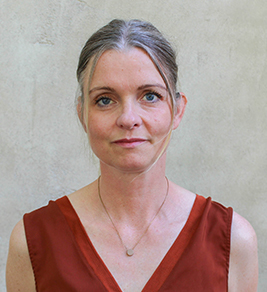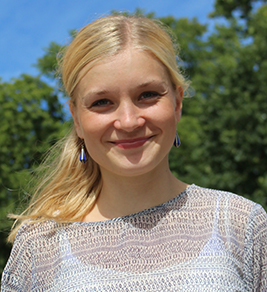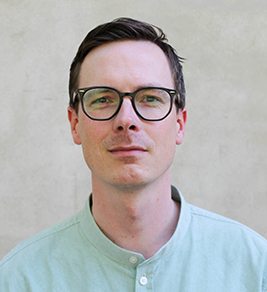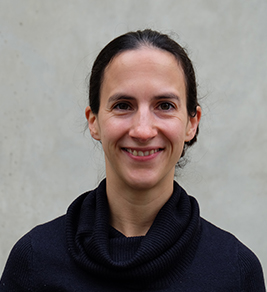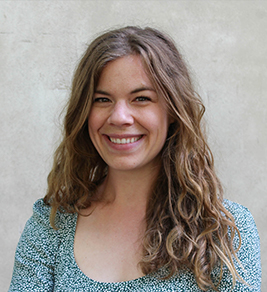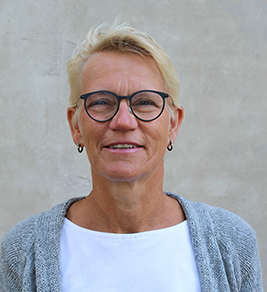Why are some municipalities better than others at deploying their resources, attracting people and creating jobs? This was the key question considered in this analysis of the attractiveness of 14 rural municipalities in the Nordic Region.
The 14 areas selected are all defined as attractive in the sense that their populations and the number of people they have in work have both increased more than expected in recent years. The nature of the boost to employment in some sectors has been identified by means of shift-share analyses, in order to determine how much of this change is attributable to specifically local factors.
Interviews were then employed to probe key stakeholders about motivation, working conditions, job creation and living conditions. These interviews were with public sector representatives (e.g. mayors and heads of planning and development), business representatives and entrepreneurs, high school students and people from the education sector, as well as with young families.
Combined with analyses of other data and information, these interviews helped us to understand why some places do better than others in deploying their resources. The case municipalities we have investigated have shown to be successful in job development and with positive population changes. They made a variety of efforts to foster the attractiveness of their location. They invest in and mobilise the diverse natural, human, institutional and cultural assets that are often ingrained in an area over a long period of time.
Our smaller and rural case-study municipalities use the advantage of a multisectoral approach by combining and bringing together skills and attributes from different sectors. Local administrations collaborate closely with locally rooted industries, as well as schools and educational institutions at different governmental levels. It is a collective action that makes the real difference in many of the case studies.


